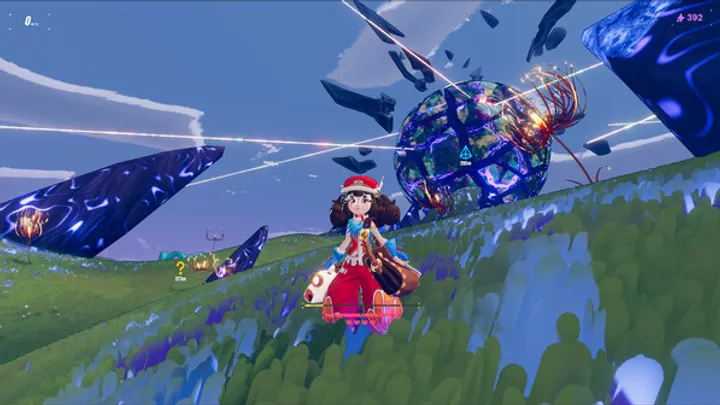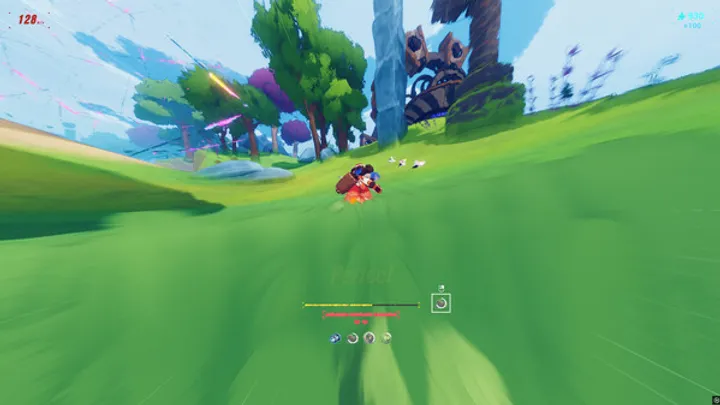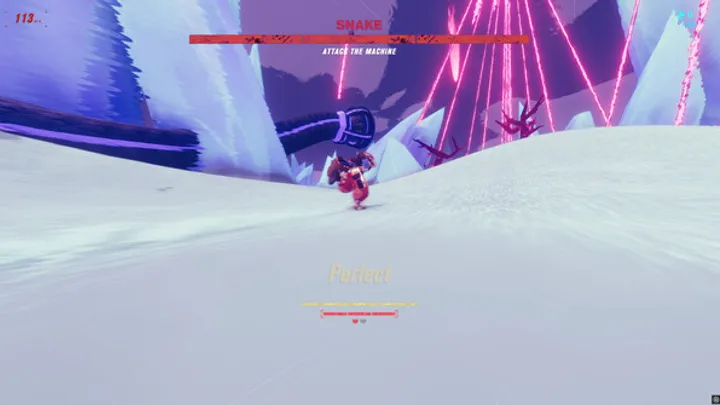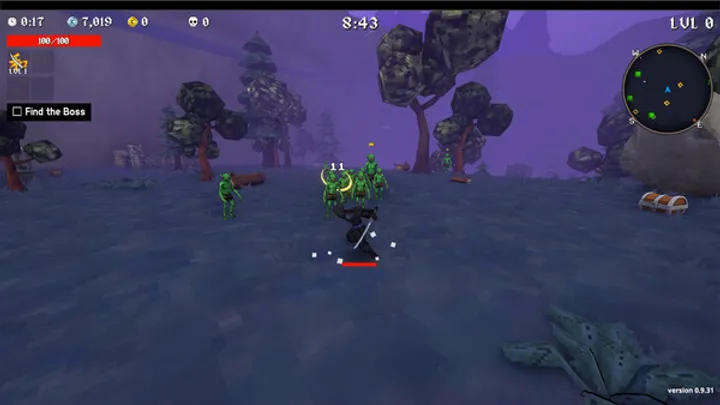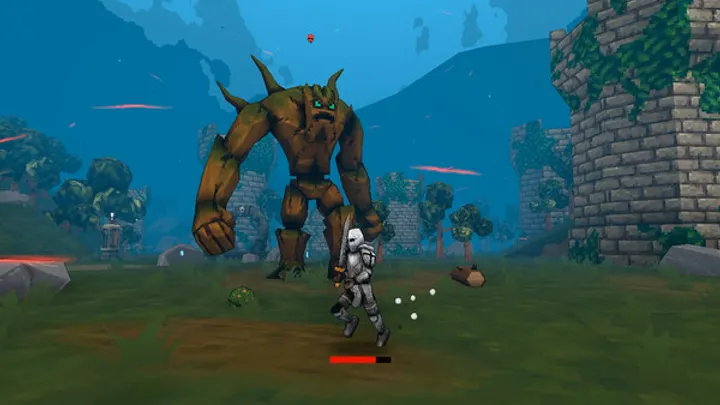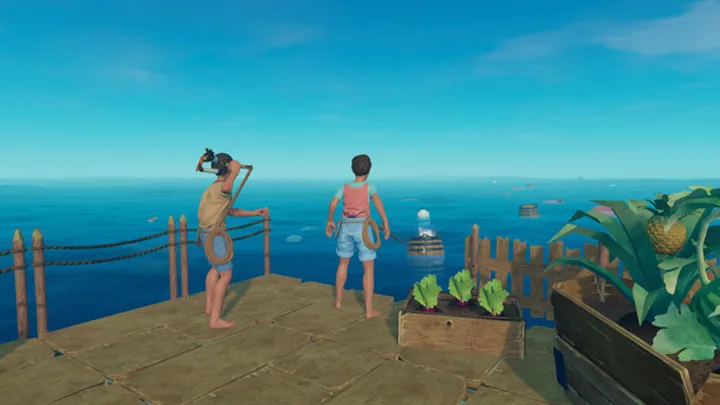No Man’s Sky has evolved into one of the most expansive and visually stunning sandbox games in recent years. With its procedurally generated universe, real-time planetary exploration, and frequent updates, it offers a deeply immersive experience. However, many PC players have encountered a frustrating technical issue: sudden and unexplained performance drops, often occurring after a day or two of smooth gameplay. This article explores the root causes, symptoms, and solutions for this problem, drawing on community insights and technical diagnostics.
- Identifying the Performance Drop The issue typically manifests as a drop from stable frame rates (e.g., 75 FPS) to significantly lower ones (e.g., 55 FPS or worse) without any changes to settings or hardware. Players report that the game runs flawlessly one day and then stutters or lags the next.
This drop is not tied to specific in-game events or locations. It can occur in space, on planets, or even in menus. The randomness makes it difficult to diagnose, and many users initially suspect hardware failure or background processes.
Symptoms Checklist:
- Sudden FPS drop after smooth sessions
- No changes to settings or drivers
- Occurs across different biomes and ships
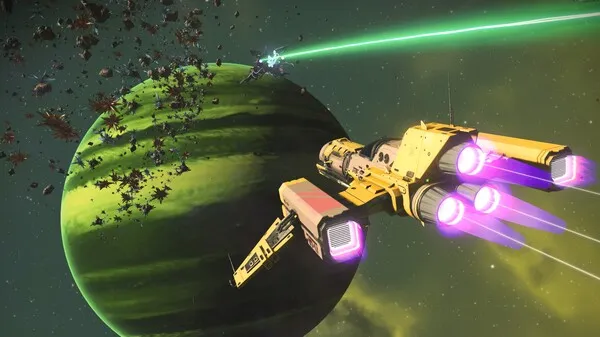
- Investigating System-Level Changes One of the first steps is to check for system updates. Windows and GPU drivers often auto-update overnight, which can introduce compatibility issues. Players have found that updates to NVIDIA drivers or Windows patches can subtly affect game performance.
Additionally, background apps like antivirus software or cloud sync tools may activate unexpectedly. These can consume CPU or disk resources, causing No Man’s Sky to lose performance headroom.
System Tips:
- Check Windows Update history
- Review GPU driver version
- Disable background sync apps
- Graphics Settings Reset and Shader Cache No Man’s Sky occasionally resets graphics settings after updates or crashes. Players who had previously optimized settings may find that the game reverted to defaults, increasing GPU load.
Shader cache corruption is another culprit. The game relies heavily on shaders for rendering planetary surfaces and effects. If the cache becomes corrupted, it can cause stuttering or FPS drops.
Fixes:
- Reapply custom graphics settings
- Delete shader cache manually
- Verify game files via Steam
- NVIDIA Control Panel Conflicts Many users have resolved the issue by adjusting settings in the NVIDIA Control Panel. Specifically, the “Low Latency Mode” setting can interfere with No Man’s Sky’s frame pacing. Turning it off has restored performance for several players.
Other settings like “Power Management Mode” and “Threaded Optimization” may also affect stability. These should be set to “Prefer Maximum Performance” and “Auto” respectively.
Recommended Settings:
- Low Latency Mode: Off
- Power Management: Maximum Performance
- Threaded Optimization: Auto
- CPU Bottlenecks and Single-Core Load No Man’s Sky is known to be CPU-intensive, especially on older processors. It often relies heavily on a single core, which can become saturated even if overall CPU usage appears low.
Players with Ryzen 5 or Intel i5 CPUs have reported that the game taps out one core while others remain idle. Monitoring per-core usage is essential to diagnose this bottleneck.
CPU Tips:
- Use tools like MSI Afterburner to monitor core load
- Avoid background tasks that compete for CPU
- Consider upgrading to CPUs with better single-thread performance
- Alt-Tabbing and Window Focus Issues Alt-tabbing out of No Man’s Sky or switching windows can cause severe frame rate drops. This issue has persisted since launch and is tied to how the game handles window focus and rendering priority.
Some players report that entering the pause menu temporarily restores performance, but the fix is inconsistent. Restarting the game is often the only reliable solution.
Avoidance Tips:
- Play in fullscreen mode
- Avoid switching apps mid-session
- Use in-game pause menu instead of alt-tab
- MSI Afterburner and GPU Power Limits MSI Afterburner and similar tools can inadvertently throttle GPU performance. If power limits are set too low, the GPU may downclock during gameplay, reducing frame rates.
Players have found that increasing the power limit or disabling temperature-based throttling restores performance. This is especially relevant for RTX 30-series cards.
GPU Tips:
- Check power limit settings in Afterburner
- Disable aggressive thermal throttling
- Monitor GPU clock speeds during gameplay
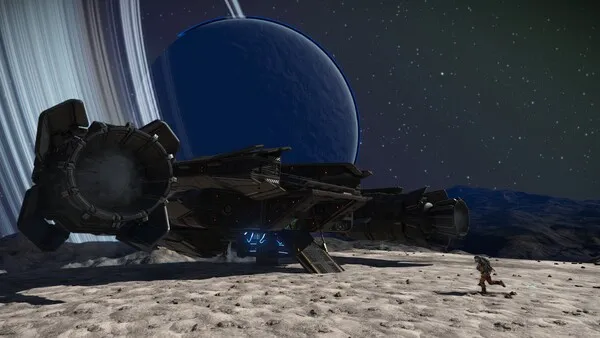
- Game Installation Location and SSD Health Installing No Man’s Sky on a slower drive or a failing SSD can cause asset streaming delays. The game loads planetary textures and models in real time, so disk speed matters.
Players using NVMe SSDs report smoother performance, while those on older SATA drives experience stuttering. Running a disk health check can reveal underlying issues.
Storage Tips:
- Install game on NVMe SSD
- Run disk health diagnostics
- Avoid external drives for game installation
- Community-Sourced Fixes and Experiments The No Man’s Sky community has been proactive in sharing fixes. Some players recommend setting the game’s .exe priority to “High” in Task Manager. Others suggest disabling Steam Overlay or running the game in borderless window mode.
While not all fixes work for everyone, experimenting with these settings can help isolate the problem. Community forums like Reddit and Steam Discussions are valuable resources.
Popular Fixes:
- Set .exe priority to High
- Disable Steam Overlay
- Use borderless window mode
- Long-Term Solutions and Developer Response Hello Games has acknowledged performance issues in past updates, but the sudden FPS drop bug remains largely unaddressed. Players hope for better optimization and diagnostic tools in future patches.
In the meantime, maintaining a clean system environment, monitoring hardware, and applying community fixes are the best strategies. Reporting bugs through official channels may also help prioritize a fix.
Developer Suggestions:
- Add performance diagnostics to settings
- Improve shader cache handling
- Offer rollback options for updates
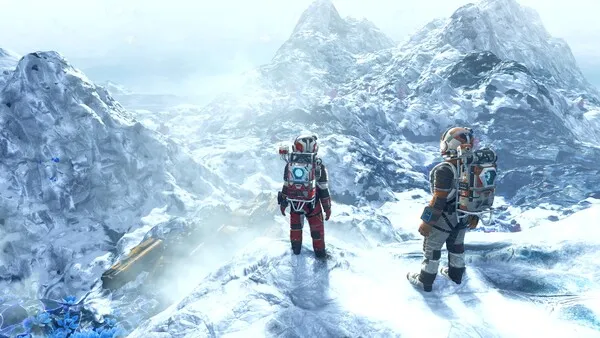
Conclusion The sudden performance drop in No Man’s Sky is a multifaceted issue that can stem from system updates, graphics settings, CPU bottlenecks, and more. While frustrating, it’s not insurmountable. By understanding the technical causes and applying targeted fixes, players can restore smooth gameplay and continue exploring the universe without interruption











